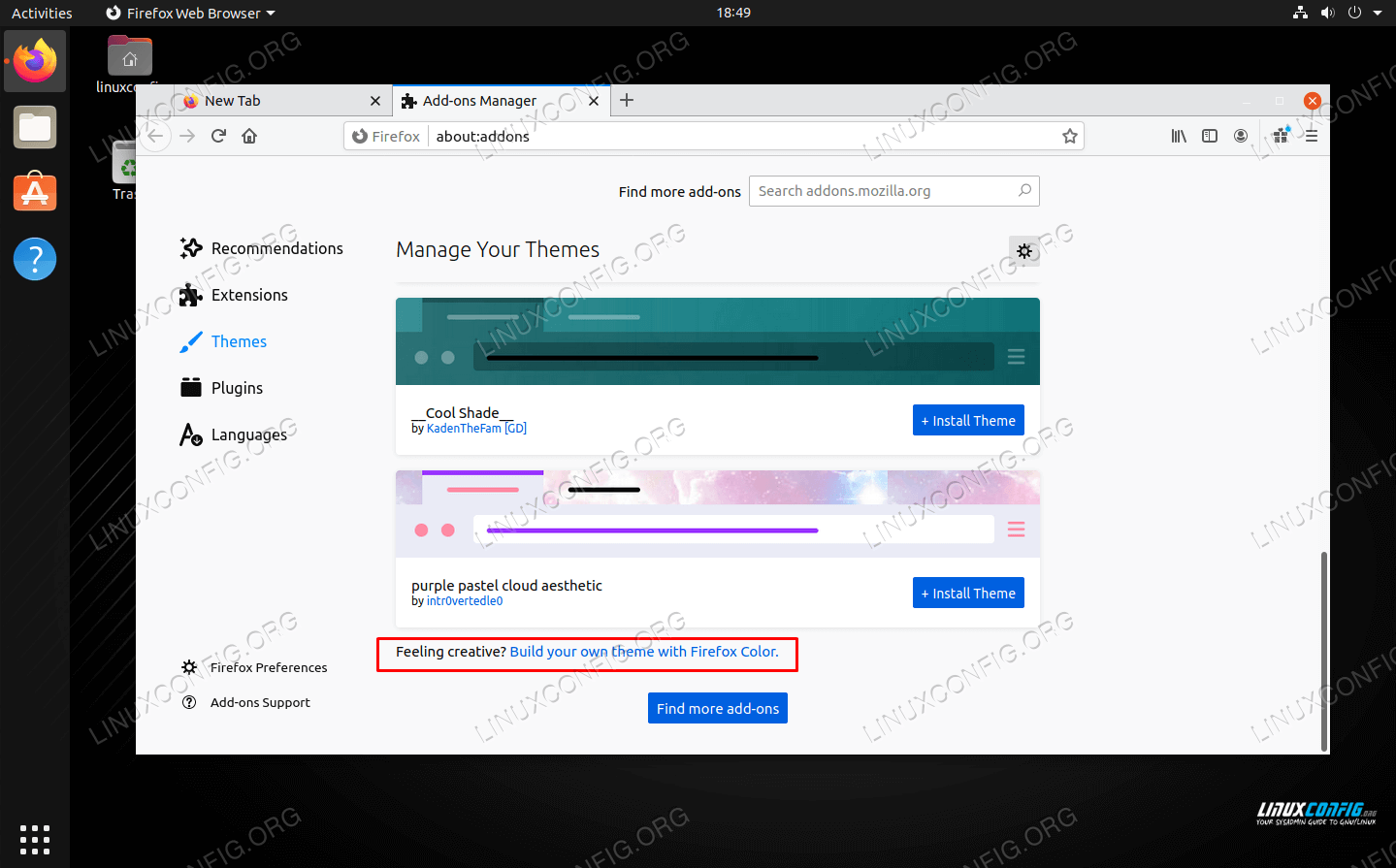
That's a lot of cat pictures.Ĭurrently, there are two ways to defer the loading of off-screen images: At the 90th percentile, sites send about 4.7 MB of images on desktop and mobile. Why browser-level lazy-loading? #Īccording to HTTPArchive, images are the most requested asset type for most websites and usually take up more bandwidth than any other resource.

Browsers that do not support the loading attribute simply ignore it without side-effects. has detailed information on cross-browser support. The implementation for WebKit (Safari) is in progress. is supported by most popular Chromium-powered browsers (Chrome, Edge, Opera) and Firefox. In Chrome 76 onwards, you can use the loading attribute to lazy-load images without the need to write custom lazy-loading code or use a separate JavaScript library.


Additionally, you can create a website list that ensures that the dark theme will never be applied. You can also set the visited webpage's font and modify the text stroke. You will have some adjustable settings at your disposal, toggling between light and dark themes, brightness value adjustment, contrast, grayscale as well as sepia effects. Where this extension differs from simply turning on or scheduling night light mode as Tim wrote about previously, Dark Reader for Chrome provides more control by allowing you to dictate which websites are affected and which are not. Dark Reader is a free extension for Chrome, Firefox, Edge, and Safari that will make surfing the web easier on the eyes through customizable dark themes.


 0 kommentar(er)
0 kommentar(er)
